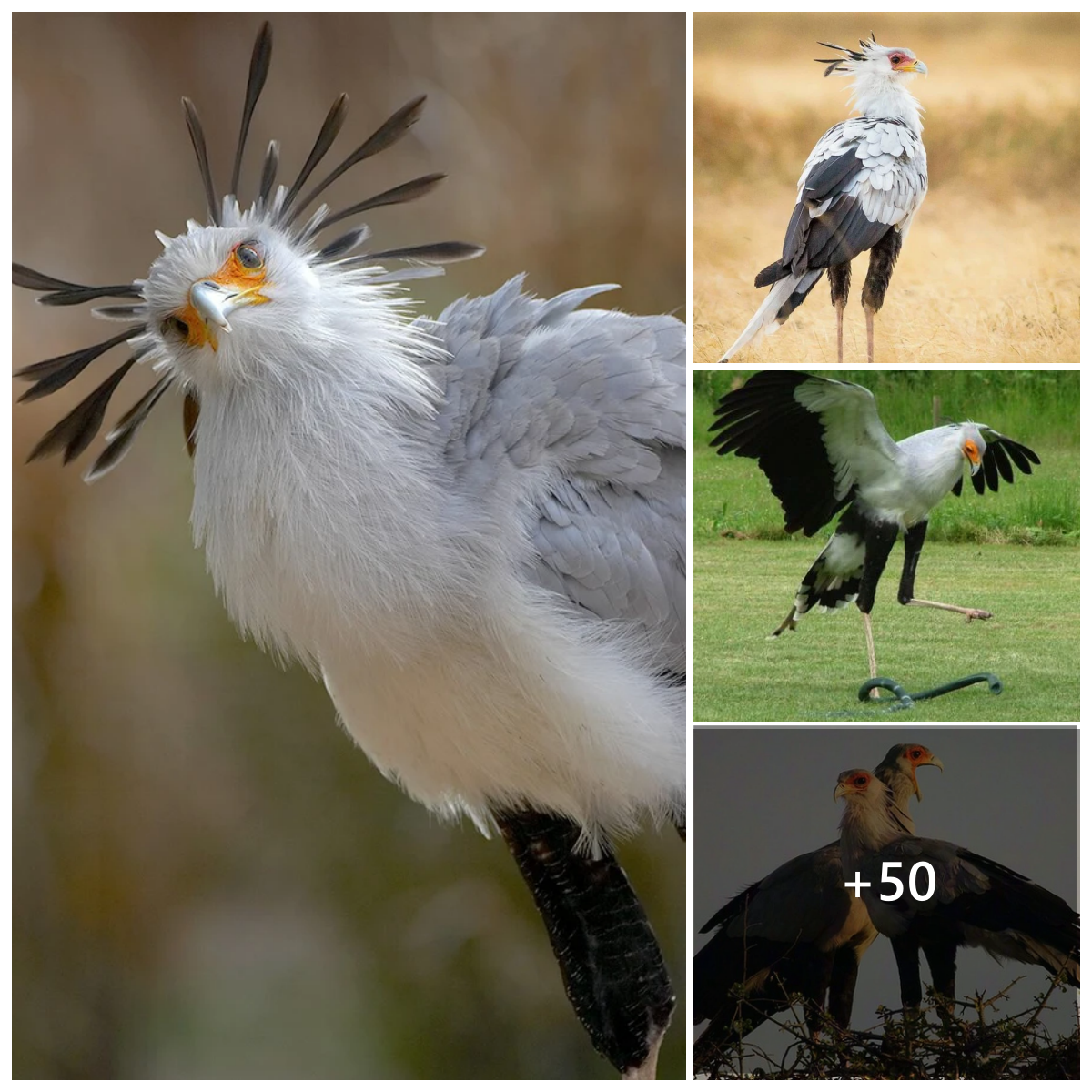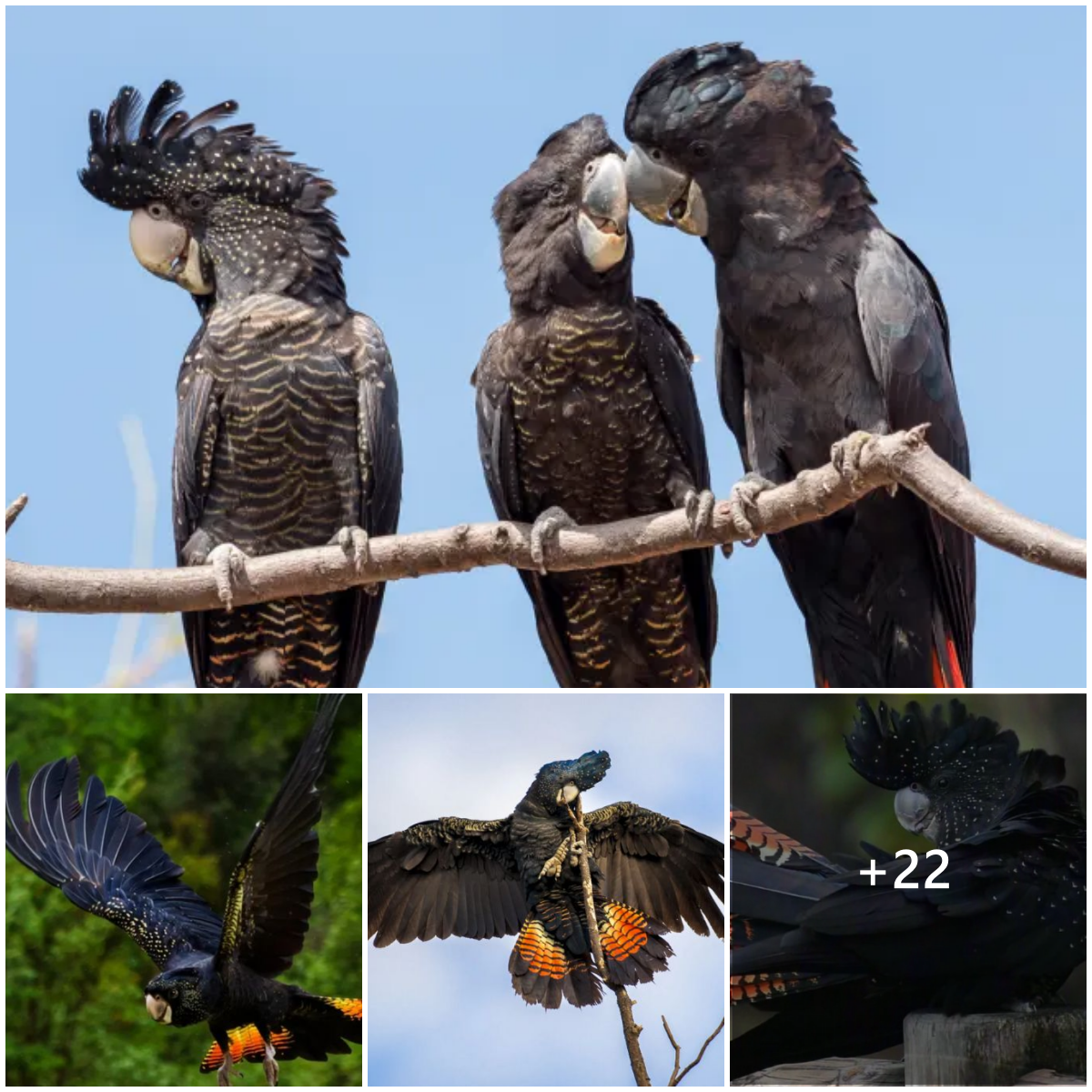The gray crowned crane is a magnificent bird that is native to the African continent. It is also known as the East African crane or the crested crane. This bird is considered one of the most beautiful in the world, thanks to its striking appearance and unique features.
Physical Appearance
The gray crowned crane is a tall and elegant bird that stands at about 1 meter tall. It has a striking appearance, with a gray body and a crown of golden feathers on its head. Its feathers are also decorated with black and white patterns, and it has a long, slender beak. The wings of the gray crowned crane are long and broad, which allows it to glide gracefully through the air.

Habitat and Range
The gray crowned crane is found in the wetlands and grasslands of eastern and southern Africa. It prefers to live in areas with tall grasses and reeds, where it can hide from predators and nest safely. This bird is found in countries such as Uganda, Tanzania, Kenya, and Rwanda.
Diet and Behavior
The gray crowned crane is a omnivore, which means it eats both plants and animals. Its diet consists of seeds, insects, small mammals, and reptiles. This bird is also known for its elaborate mating dance, where it jumps and flaps its wings while making a series of calls. The gray crowned crane is also known for its loud and distinctive call, which can be heard from a distance.

Conservation Status
The gray crowned crane is listed as endangered by the International Union for Conservation of Nature (IUCN). The main threats to this bird include habitat loss, poaching, and the capture of wild birds for the pet trade. Conservation efforts are underway to protect the gray crowned crane, including the establishment of protected areas and the enforcement of anti-poaching laws.
In Conclusion
The gray crowned crane is one of the most beautiful birds in the world, thanks to its striking appearance and unique features. This bird is found in eastern and southern Africa and is known for its elaborate mating dance and distinctive call. While the gray crowned crane is currently listed as endangered, conservation efforts are underway to protect this magnificent bird and ensure its survival for future generations to enjoy.






